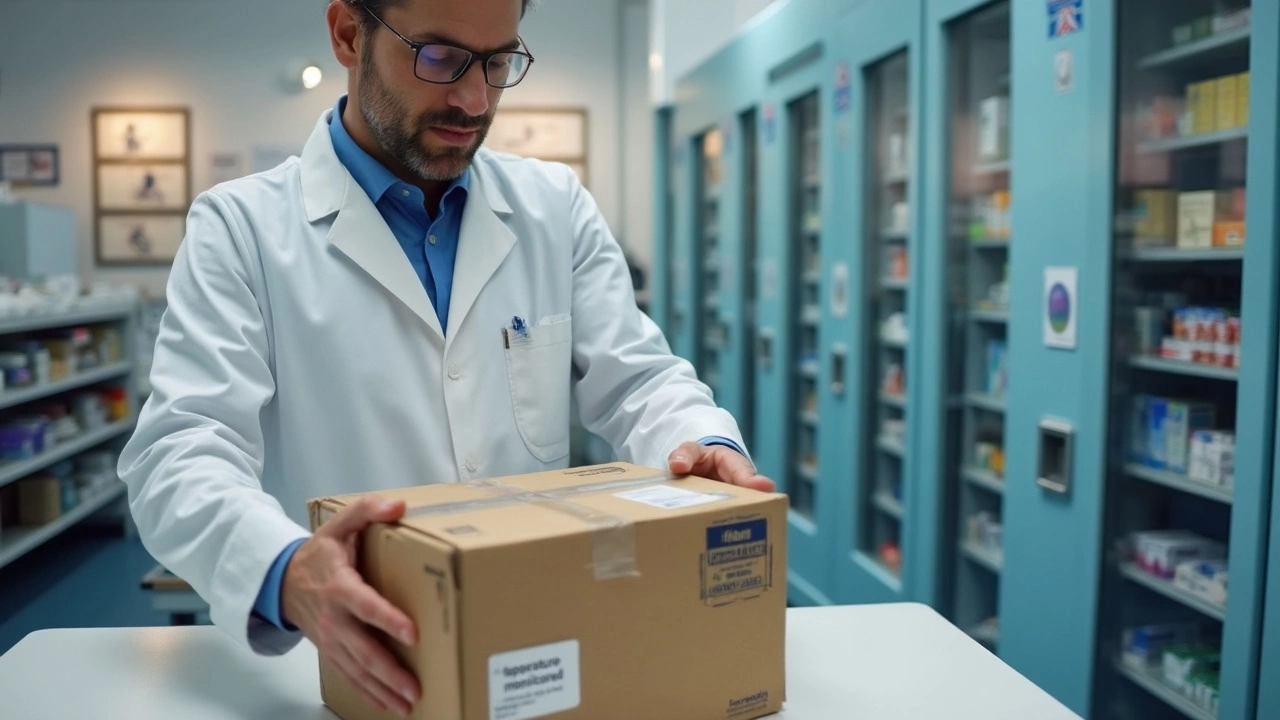Insulin Delivery: How to Choose the Right Method for You
If you have diabetes, getting insulin into your body is a daily routine. The good news is you have several options – syringes, pens, and pumps – each with its own pros and cons. This guide walks you through the basics so you can pick the method that fits your lifestyle and stay on top of your blood sugar.
Injections: Syringes and Pens
Traditional syringes are cheap and work well for most people. You draw the dose from a vial, attach a needle, and inject into the fatty tissue of your abdomen, thigh, or butt. The trick is to rotate sites to avoid lumps. If you’re nervous about handling a vial, an insulin pen is a simple upgrade. Pens come pre‑filled with a set amount of insulin, and you dial the dose with a click. They’re slimmer, easier to carry, and reduce the mess of drawing up insulin.
When using a pen, make sure the needle is attached securely and check the expiration date. Most pens have a memory function that remembers your last dose – a handy safety net if you’re rushed. Both syringes and pens require you to count carbs, test your blood sugar, and adjust the dose, but they give you full control over timing.
Insulin Pumps: Continuous Delivery
A pump is a small device that sticks a thin tube (cannula) under the skin and delivers insulin all day. You program it with basal rates (the background insulin) and bolus doses for meals. Pumps can be a game‑changer if you experience frequent highs or lows, because you can fine‑tune the amount delivered each hour.
Setting up a pump involves a bit of learning: you’ll need to fill the reservoir, attach the cannula, and sync the device with your glucose meter or CGM. Most pumps let you change the site every two to three days. They’re pricier than pens, but many people find the flexibility and reduced needle sticks worth the cost.
One tip for pump users: keep a backup insulin pen or vial handy. If the battery dies or the cannula gets clogged, you’ll still have a way to cover a missed dose.
No matter which method you pick, consistency is key. Always wash your hands, use a new needle, and store insulin at the right temperature. If you notice swelling, bruising, or unexpected blood sugar swings, talk to your doctor – it could be an issue with the delivery site or the device.
By understanding the basics of syringes, pens, and pumps, you can make an informed choice that matches your routine. Remember, the best insulin delivery method is the one you’ll use correctly every day.
Top Alternatives to RxConnected for Insulin and Specialty Medications with Cold-Chain Delivery
Searching for an RxConnected alternative for insulin and other specialty meds? This guide cuts through the noise, focusing on platforms that actually offer cold-chain logistics and valid specialty pharmacy licensing. Discover how to keep your medication safe and effective as it travels, which sites handle sensitive meds like insulin right, and why some popular pharmacies still fall short. Don't risk your health with a click—compare top options before ordering from abroad.
- 10
- Read More
